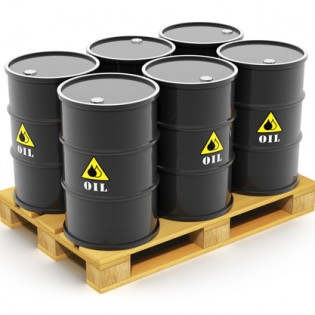When someone orders a bottle of wine at a restaurant, one of the first things that a sommelier presents may be the bottle or its label. Hence, the information on the label is important as it helps ensure that the drinker is informed. If you are planning to print wine labels, it is pertinent that you are aware of the various label attributes before sending the artwork to your label printer.
Reserve
When it comes to wines that are labeled as “Reserve”, there is a huge difference between mass-produced “California” wine (also labeled as Reserve) and a family vineyard’s “Reserve” wine. While it is still considered as a vague term, the title “Reserve” is usually subjective to the winery that labels the wine and is often reserved for bottles of an exceptional vintage or from the best barrel(s). The label will tell you more about a certain winery and how it distinguishes its wines. In most cases, a family vineyard’s “Reserve” is the option most wine lovers choose to splurge on.
Estate-Bottled
Labels of estate-bottled wines will usually tell you which winery the wine was exclusively produced from. Also, it can contain information such as the location of the harvested grapes, details on the fermentation process, how the wine was bottled or a statement on how the wine was exquisitely handcrafted from beginning to end.
Producer
One of the most prominent features in a wine label is the producer of the wine. It has been observed that many domestic wines choose to highlight their producer over variety or region. Some wineries do because they want to charge a higher premium based on their brand’s identity and not on the quality of their wine. However, wine lovers are not afraid to try new wines from boutique wineries that are lesser known than well-established wineries. As long as you state the wine’s region clearly on your labels, it does not matter if the wine comes from an unfamiliar producer names. The common understanding is that a good bottle of wine often comes from an established vineyard.
Grape Varietal
It is common for the wine’s grape varietal to appear prominently on the wine labels. This happens because many wine enthusiasts tend to gravitate towards certain varietals like pinot noir, chardonnay or merlot. However, foreign wines tend to place more focus on the appellation instead of the variety. Appellation is simply known as the title or name given to an area.
Vintage
The vintage of a wine is its birth date and you will often see it labeled as a year (which was when the grapes were harvested). Vintage can give wine a sense of place and time – wine producers can often achieve a balanced vintage during good growing years. If the wine is labeled as non-vintage, it usually means that the grapes were acquired from multiple harvests. While non-vintage wines are less prized, it does not mean that their quality is inferior in any way. As a general rule of thumb, not all wine gets better when aged. For example, Rosé is best enjoyed within two years or less of its vintage date.







